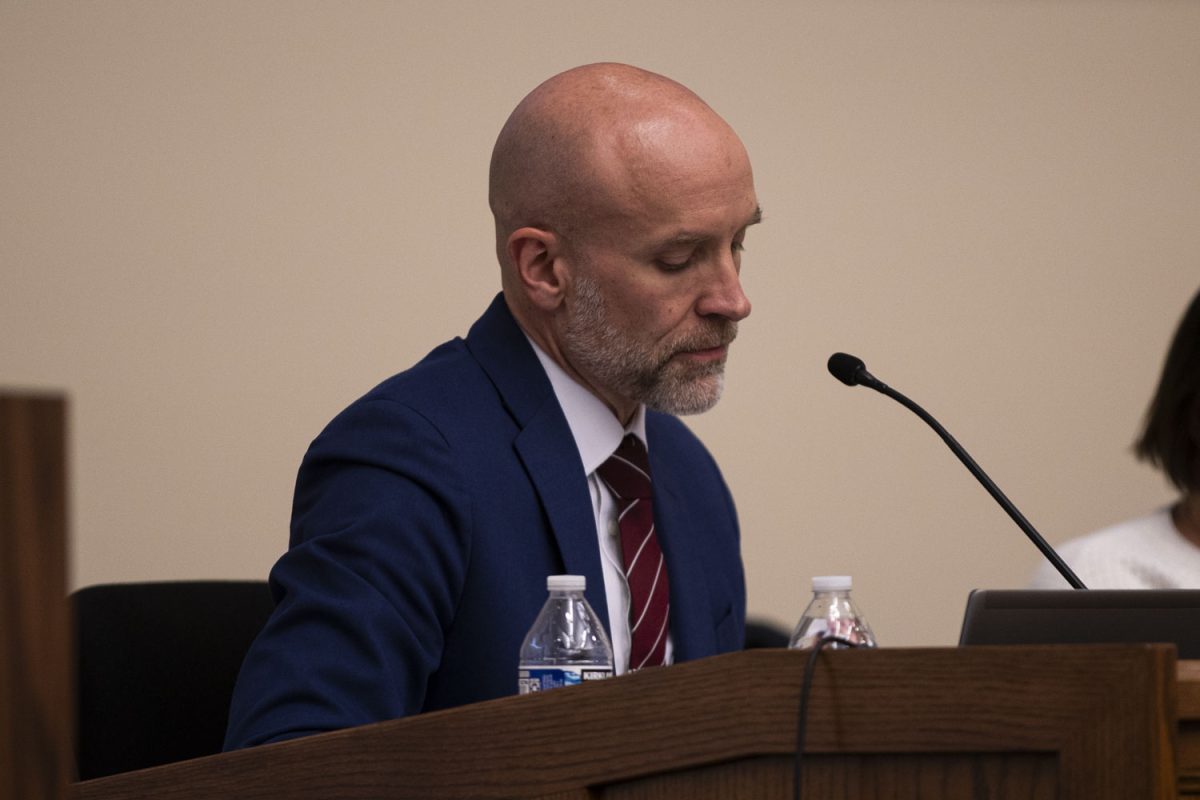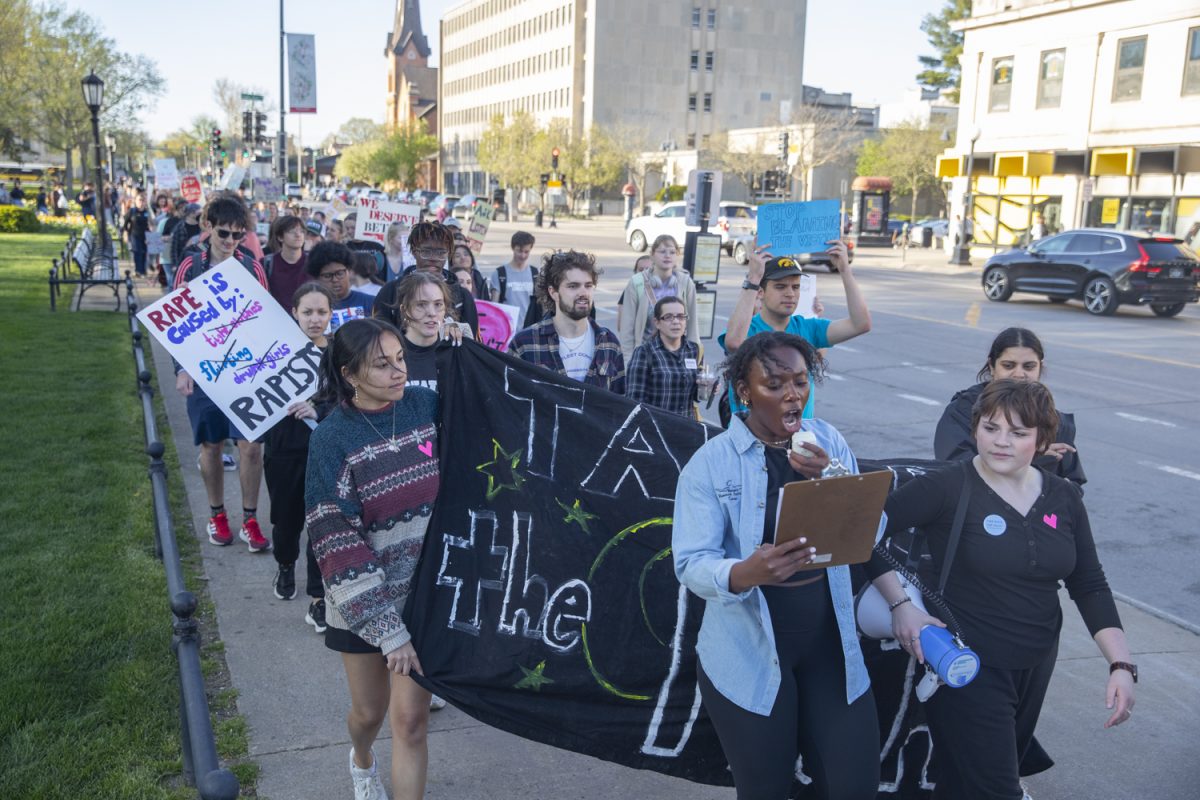The University of Iowa Women’s Resource and Action Center has hit a growth spurt this year, with record numbers of volunteers and nominations.
Officials at the center say they are working with the university to find a larger facility to house their efforts.
Last semester, 41 new volunteers completed training, WRAC Director Linda Kroon said. This semester, the center is on track to continue its high number of volunteers. The resource center averages 60 to 70 volunteers a semester.
The training is 12-15 hours in length and serves to help students find specific areas to work in.
“The training they go through says a lot about their commitment to their projects and concerns,” Kroon said.
In addition, WRAC had 184 nominations for its Iowa N.E.W Leadership program this year, topping 155 from last year. The program helps women in college develop leadership skills. Kroon said it’s the most nominations WRAC officials have seen.
All of the Big Ten schools have a women’s center in some capacity, except Indiana University.
Other centers are student-run only, such as Wisconsin’s or focus on research and scholarship exclusively, such as Michigan’s.
The University of Nebraska’s Women’s Center functions similarly to the WRAC, with a permanent staff structure and volunteer coordination. However, Iowa sees more student involvement.
“We average 10 to 20 volunteers a semester,” said Jan Deeds, the director of the Nebraska Women’s Center.
Jacob Oppenheimer, who coordinates and manages the Men’s Antiviolence Council with the WRAC, testifies to the growth that the center has seen.
“In the two years I’ve been on campus, I’ve seen a huge growth, not just from the staff but also the volunteers’ engagement,” he said. “We also see it with our collaboration with the other campus groups.”
Kroon said WRAC volunteers come from all walks of life.
“We really get a wide variety of people of all genders and areas of interest. You can’t find a typical WRAC volunteer,” she said.
The Youth Mentoring Group is a program that matches WRAC volunteers with area teenage girls in an effort to foster friendships, relationships, self-care, and self-respect, according to the WRAC website.
The program has been widely popular, and Kroon said there is now a waiting list for mentor positions, because the facility is too small to accommodate the weekly meetings of a larger group.
The increase in activity and participants has led to some discussion about relocating the WRAC.
Currently, there are no plans to expand the house on the corner of Madison and Market, Kroon said. However, they are working with the university to find a larger space.
The WRAC’s high volunteer rates and activities aren’t the product of an intensive recruiting campaign though. Instead, WRAC officials say that people generally come to them.
“The No. one reason I see the WRAC being so popular is because it’s a space where students can direct their own activities and create their own goals,” Oppenheimer said.
Programs such as the Men’s Anti-Violence Council, which came out of work with the WRAC, are prominent examples of the collaboration Oppenheimer believes.
These programs are not without their own struggles, though. According to officials, many people, especially men, feel that the WRAC is not for them.
Kroon said people of all genders are welcome at the WRAC at anytime, and the facility is available for use by any student group on campus.
“It’s always a challenge to engage men. We fight an uphill battle with men thinking it’s not a place for them,” Oppenheimer said. “Men perceive [feminism] to be anti-male, which we’re not. Or they feel it’s not a place where men can engage in these conversations.”
The WRAC participates in student organization fairs and reaches out through campus-wide emails. However, interested people seem to come out of their own volition.
Ideas for discussion groups, initiatives, and events mainly come from the volunteers. The staff members help facilitate and coordinate the plans, but ultimately, the work rests on the shoulders of ambitious volunteers.
“It’s a great space. The right combination of right volunteers, the right staff, and the right administration allows us to a lot of great things,” Oppenheimer said. “We are as much or as little as the students make.”






